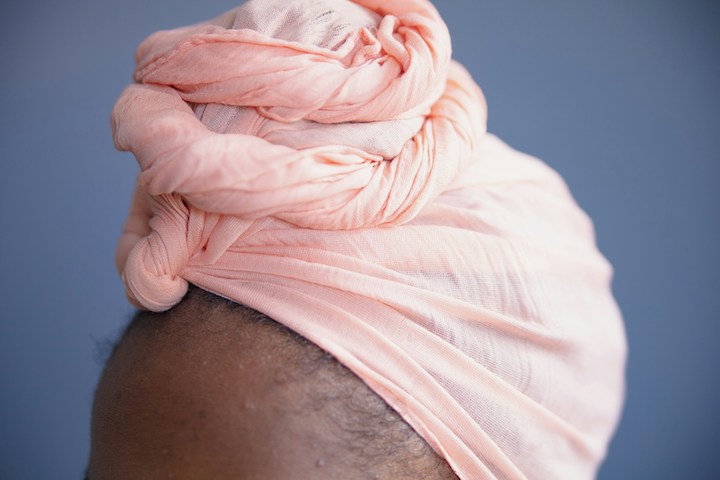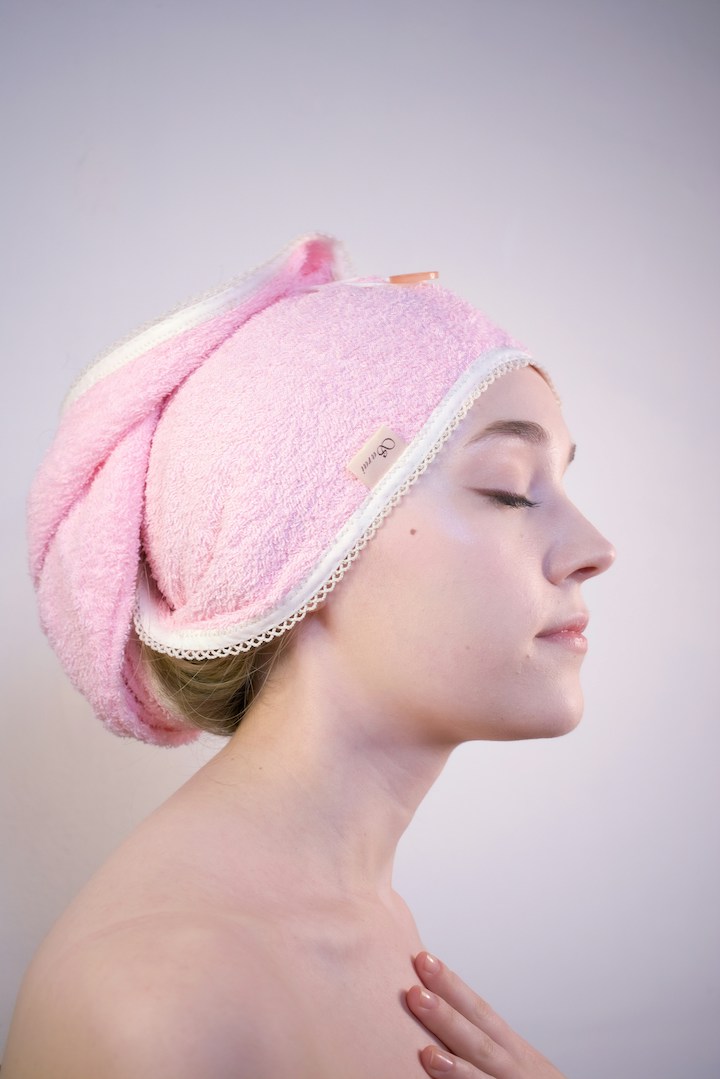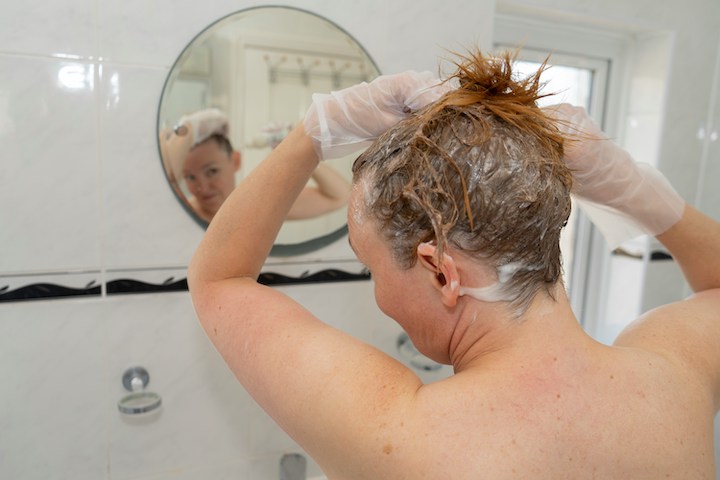Losing your hair during chemotherapy can feel like one more thing you didn’t ask for. You’re already fighting hard. You’re already showing up, one appointment at a time. But then, the hair starts falling out — and somehow, that makes it feel even more real. Even more visible.
But what if I told you there’s something you could try to help reduce that loss?
Something gentle. Something that won’t interfere with your treatment. They are called scalp cooling systems — and if you’ve never heard of it before, don’t worry. I’ll walk you through it slowly and simply. Like we’re having tea, and you just want to know what your options are.
Let’s get into it.
Table of Contents
What Are Scalp Cooling Systems?
Think of it like this — your scalp is full of tiny blood vessels. Those vessels carry chemotherapy drugs all over your body, including to your hair follicles. And that’s one of the reasons hair tends to fall out.
Now imagine placing something cold, like a soft, chilled cap, over your head. That cold makes those blood vessels shrink just a bit. Smaller blood vessels carry less blood. And with less blood flowing to the scalp, fewer chemo drugs reach your hair follicles.
That’s the idea behind a scalp cooling system.
The cooling starts a little before your chemo session begins and continues for a little while afterward. It’s not just a quick fix. It takes time and patience — but for many people, it makes a noticeable difference.
There are two main types, and I’ll explain those in just a moment. But at its core, this is a simple idea: cool the scalp to help protect the hair.

How It Helps You Keep Your Hair
So here’s what happens inside your body.
Chemotherapy drugs are powerful. They don’t just target cancer cells — they also go after other fast-growing cells in your body. And unfortunately, hair follicles fall into that category. That’s why your hair starts to thin or fall out during treatment.
But when your scalp is cooled, the blood vessels tighten up. That’s called vasoconstriction — but don’t worry about the word. Just picture it like this: less blood, fewer drugs reaching the roots of your hair.
It’s kind of like turning the water pressure down in a garden hose. There’s still some flow, but it’s slower. Gentler. Less harsh.
The cooling can also slow down how fast your hair cells divide. So even if some chemo gets through, those cells are less active — which means they’re a smaller target.
Will you keep all your hair? Maybe not. But many people keep enough that they still feel like themselves in the mirror. And sometimes, that makes all the difference.
Types of Scalp Cooling Systems
Now, let’s talk about what these systems actually look and feel like.
There are two main kinds:
1. Manual Cold Caps
These are chilled ahead of time — usually in a freezer or special cooler — and swapped out during your treatment. They stay cold for a limited time, so someone (often a friend or caregiver) needs to help you change them every 20–30 minutes.
They’re snug. Think of a swim cap, but padded and icy.
Some people like the simplicity of these caps. You can rent them, and they’re portable. But they do require some effort — and someone with you to help during the process.
2. Machine-Controlled Cooling Systems
These are connected to a machine that keeps the cap at a steady, cold temperature throughout your session. You don’t have to change caps, and you don’t need someone swapping things out.
They’re usually available at some hospitals or infusion centers. And they tend to be a bit more hands-off once you’re set up.
Either way, the goal is the same: to gently cool your scalp and lower the amount of chemo reaching your hair follicles.
Also Read: Best Hair Care for Hair Loss: Best Products And Tips
What You Might Feel During Treatment
Let’s be honest: it’s cold.
That first 10 to 15 minutes? It might be the hardest part. You may feel like you’ve just stuck your head in a snowbank. Some people get a headache or feel pressure.
But here’s the thing — it usually passes. Once your scalp adjusts to the temperature, it becomes more tolerable. Like stepping into a cold pool. The shock is there at first. Then your body settles in.
You can bring things to make it easier:
- A soft blanket
- Warm socks
- A thermos of tea
- A playlist that makes you feel calm
Talk to the nurses. They’re usually familiar with the process, and they’ll do what they can to keep you comfortable.
It’s okay to feel nervous about it. It’s okay to take it one moment at a time.

Is It Safe for You?
Now this part is important.
Scalp cooling isn’t for everyone. There are certain types of cancer — especially some blood cancers — where cooling the scalp might not be recommended. That’s because there’s a small risk that cancer cells could “hide” in that area.
So before trying this, talk to your oncologist. Let them know you’re interested. Ask if your type of chemo and cancer is a good fit for cooling.
If it’s not the right choice for you, that’s okay too. You’re not doing anything wrong. You’re already doing more than enough just by showing up to treatment.
But if it is a safe option for you, then it might be worth a try.
How to Prepare for Your First Cooling Session
You don’t have to overthink this. But a little prep can help.
Here’s what I recommend bringing:
- A soft scarf or beanie for after (your head might feel cold)
- Warm clothes with easy access to your port or IV
- A comforting item (a small pillow, fuzzy socks, or even a book you love)
- Snacks or a drink to stay hydrated
Emotionally, just remember — it’s okay to feel unsure. It’s okay to wonder if it’ll be worth it.
The best thing you can do is go in with gentle curiosity, not pressure.
And don’t forget to breathe. You’re not alone in this.
Does It Actually Work?
That’s the question, isn’t it?
Scalp cooling doesn’t guarantee you’ll keep every strand. But it’s been shown to work for many people — especially those on certain types of chemo. Studies have found that anywhere from 40% to 70% of users see noticeable hair retention.
That’s not perfect. But it’s something.
And for many people, it’s enough to feel like they still look like themselves. Enough to avoid wearing a wig. Enough to feel a little more in control.
Of course, some people still lose a lot of hair even with cooling. And that can be disappointing. But many say they’re still glad they tried — because it gave them hope. It gave them a chance to fight for something they cared about.
And sometimes, that matters just as much as the outcome.
You Can Also Check Out: Honest Review of Introstem Skincare: Worth the Hype?
Costs and Accessibility
Here’s the tough part — scalp cooling isn’t always covered by insurance.
Some clinics offer it as part of their services. Others don’t have the machines. And manual cold caps often have to be rented or purchased out of pocket.
Prices can range from a few hundred to a few thousand dollars, depending on how long your treatment lasts.
But don’t give up. There are support organizations that can help:
These groups may offer financial aid, rentals, or guidance. Ask your treatment center’s social worker or navigator if they can help you connect with any of them.

Other Tips for Caring for Your Hair During Chemo
Even if you’re using a cooling system, you’ll want to treat your hair as gently as possible.
Here are a few simple things you can do:
- Wash less often — maybe just once or twice a week
- Use mild shampoo — fragrance-free and gentle on the scalp
- Skip the blow dryer — let it air dry when you can
- Avoid pulling it tight — no tight buns or ponytails
- Stay away from dyes and heat tools for now
- Try to think of your hair like delicate thread. The goal is to reduce stress on it in every way.
Also — don’t forget to be kind to yourself. Whether your hair stays or goes, it doesn’t define your strength.
Conclusion
Scalp cooling isn’t a magic fix. It’s a choice. A gentle option for those who want to try holding onto something familiar — their hair — during a time that feels anything but.
And that’s okay. There’s no right or wrong way to move through chemo. There’s only what makes you feel supported, cared for, and a little more like yourself.
If this sounds like something you want to explore, ask your doctor. Do a little reading. Reach out to support programs. You don’t have to have all the answers today.
Just know you’ve got options. And you’ve got a lot of strength — even on the days it doesn’t feel like it.
I’m here if you ever want to talk more.
Frequently Asked Questions
Does scalp cooling stop all hair loss?
Not always. It can reduce the amount of hair you lose, but most people still notice some thinning or shedding.
Can I use it with any chemo drug?
No. Some drugs respond better to cooling than others. Your doctor can tell you if your regimen is a good fit.
Is it painful?
The cold can be uncomfortable at first, but most people adjust after the first 15 minutes. It’s not sharp pain — more like intense cold and pressure.
What if I still lose hair — was it worth it?
Only you can answer that. But many people say the act of trying — of doing something proactive — made them feel more empowered, even if the results weren’t perfect.



